Greetings to all dear friends of Rising Star, Today I am very happy to be able to share with you a new article on my blog. Today I want to tell you some curious facts about a fascinating instrument, the accordion. And as usual, at the end of the post I will present you some fan art I have created, inspired by our beloved game, Rising Star. Without further ado, let's get started.
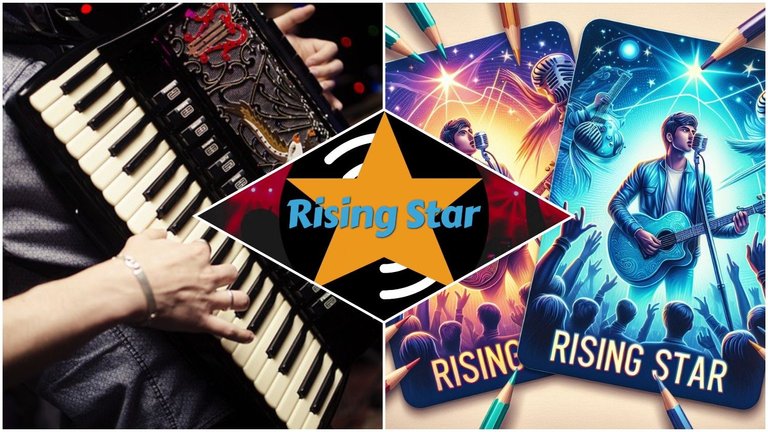
Source: Canva
The accordion is one of those instruments that really stands out, both for its unique shape and its unmistakable sound. Right? From a mile away you can tell it apart haha. Its versatility makes it ideal for any music lover. Ever since it was invented, it has been linked to humble musicians, and although some may think it has gone out of fashion, it is still very much alive and is a great choice for many aspiring musicians.
- The origin of the accordion is a topic that generates quite a bit of debate among experts. Many consider Christian Friedrich Ludwig Buschmann as its creator, as he patented his Handäoline in 1822. However, some credit Cyrill Demian, who patented his accordion in 1829 and gave it the name we know today.
Regardless of who was the first, accordions as we know them were invented in the early 19th century in Germany. Buschmann created a model with an expandable bellows and a portable keyboard with freely vibrating reeds. Demian, seven years later, added four chord-producing bass keys, further perfecting the instrument. Then, in 1837, Bifé introduced additional improvements that consolidated the accordion design as we know it today.
- To better understand the characteristics of the accordion, we must first know each of its parts well:
The accordion has a unique structure and several important parts. The body is made up of two wooden boxes joined by a bellows, where the reed chambers for each hand are located. These boxes have grilles that allow air transmission and sound projection. The bellows, or fan, is the most recognizable part and the main means of articulation, and its movement is directly related to the production of sound.
The grill, usually made of metal, is placed on the side of the accordion and is where the sound comes out. The tuning fork, on the other hand, is a long piece with 31 buttons or more, which allows you to play different notes depending on whether you open or close the instrument. Vane mechanisms control the airflow, allowing the reeds to vibrate to produce chords and notes.
The straps keep the accordion in place while playing, preventing unnecessary movement. All of these parts work together to create the accordion sound. The truth is I was very surprised the day I learned all these details. The truth is, when you see the instrument playing, you can't imagine everything that is happening inside it.
- On the fingerboard, you can have both buttons and keys similar to those on a piano. With the left hand, the musician operates additional buttons to create accompaniment chords. Although classified as a wind instrument, the accordion does not require the musician to blow to produce sound. It is an adaptable instrument that fits perfectly into a wide variety of musical styles.
Accordion types include the diatonic, which has one to three rows of buttons tuned to specific notes of the scale and produces different notes when compressed or expanded, the chromatic, with three to five rows of buttons tuned to specific notes, and a left side with a variety of chords, and the keyboard, also known as the piano, with a piano keyboard on the right side and between eight and 120 chord buttons on the left side.
The accordion is an instrument that requires specific technical skills to play properly, from the coordination of both arms to play the keys and buttons, to knowing the different chords and arpeggios needed to create various tonalities. In addition, it comes in a wide variety of sizes and models, from small toy accordions to large concert accordions.
- World Accordion Day is commemorated on May 6th. This date was chosen because it is the day when one of the patents for the first accordions was filed in 1829.
Fan Art of Rising Star
Now, changing the subject, I present you my post #56 about some of the fan art I have made with the help of DALL-E, inspired by our beloved game, Rising Star. In this post, I have again used the card theme along with several elements from the game. For example, I've added the star, some instruments and singers to give more personality to the images. Some of the images also have futuristic and retro touches, and I've added scenery and concerts to give it a special touch.
The images are free to use, so you can use them from this publication without any problem. I reiterate that they have been made by me with the help of DALL-E.
I hope you enjoyed this tour through the history and curiosities of the accordion. And that you liked the fan art. See you in a new publication.

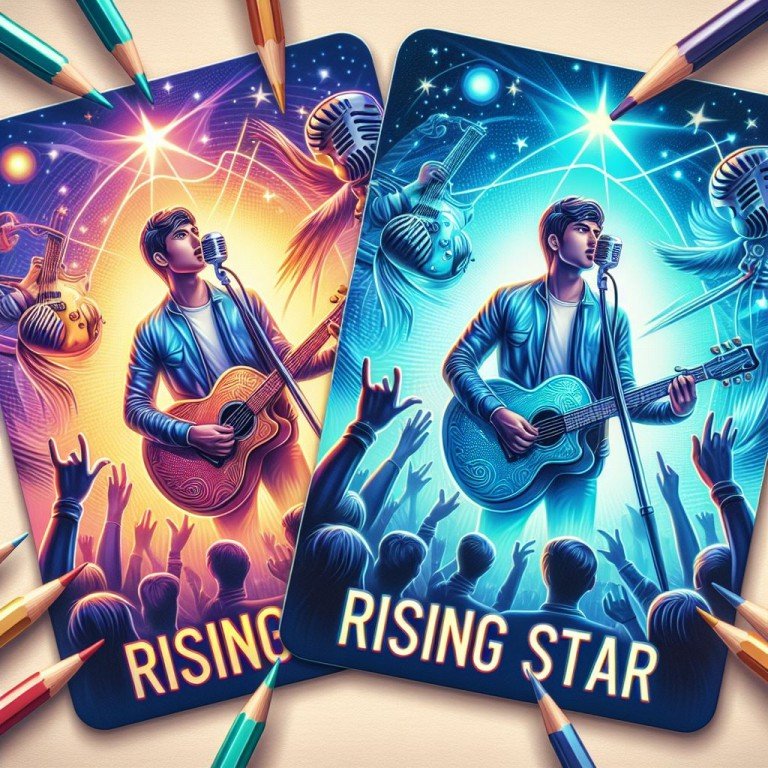
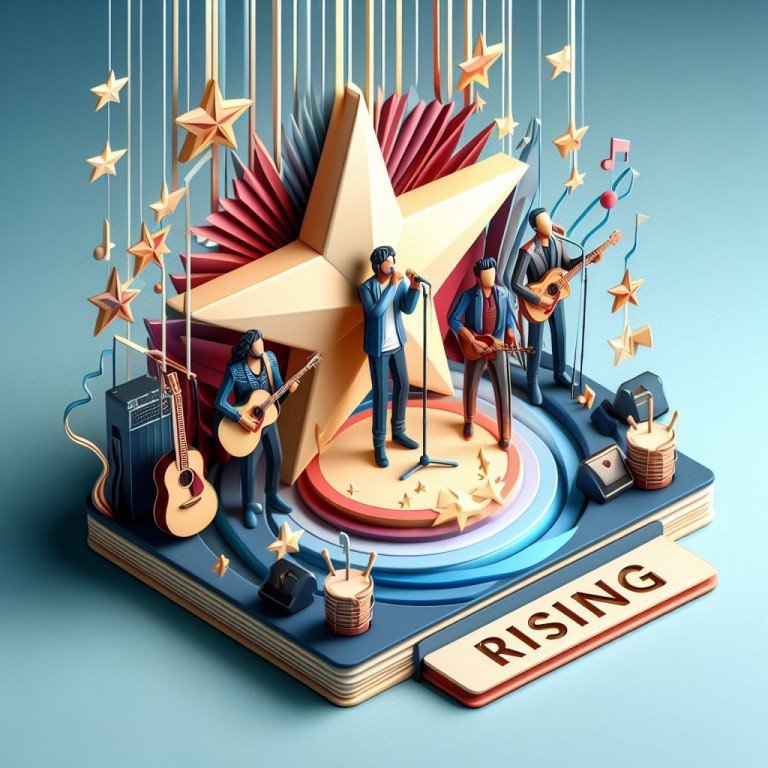
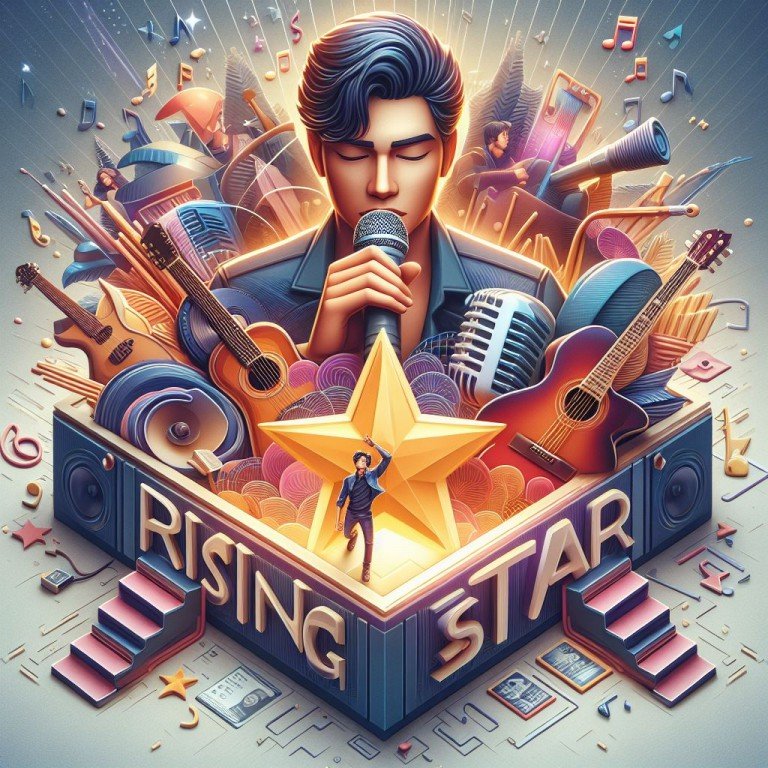

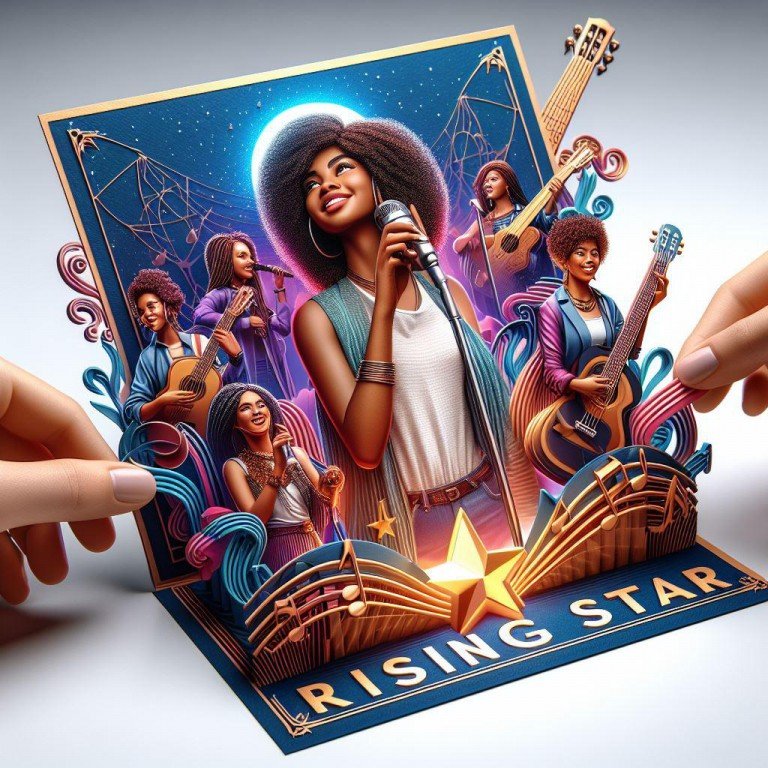
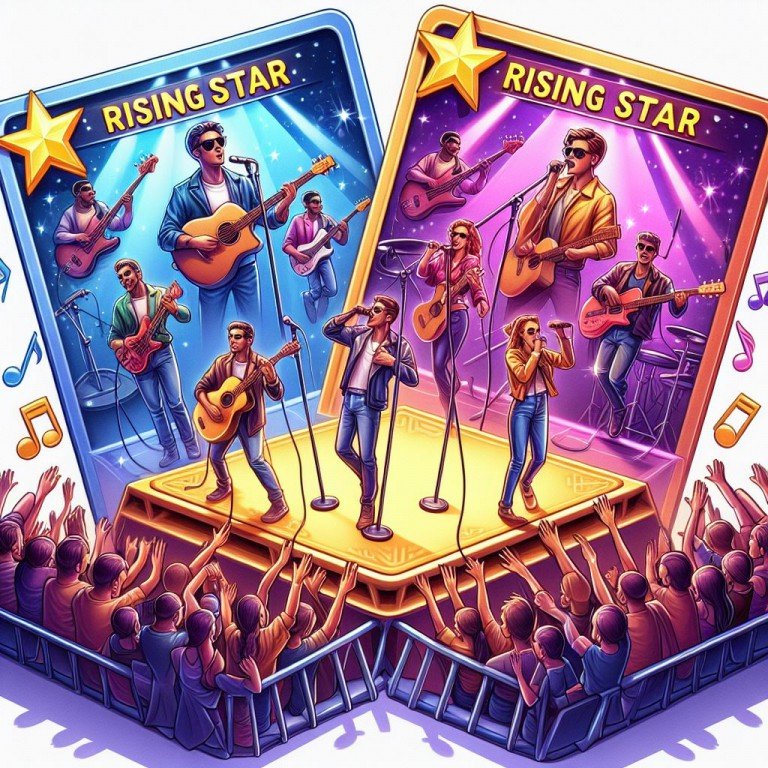
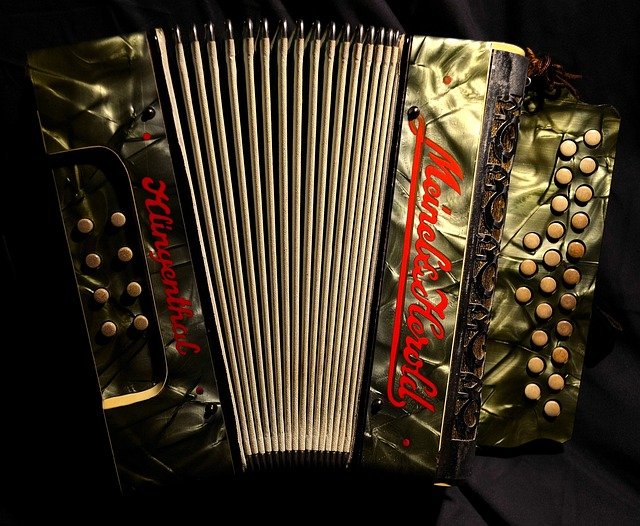

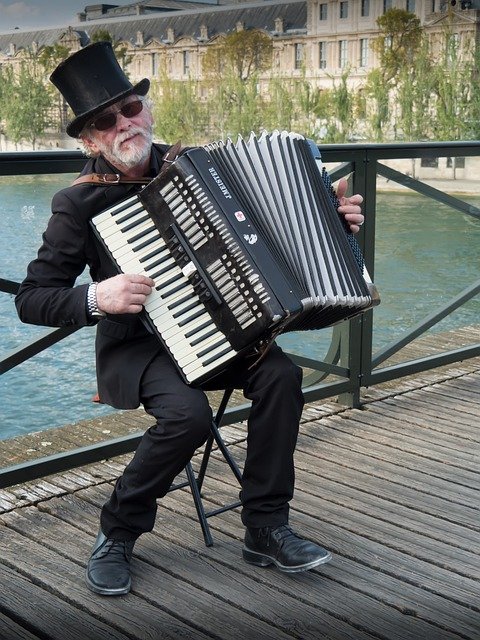
Congratulations @mariabc! You have completed the following achievement on the Hive blockchain And have been rewarded with New badge(s)
Your next target is to reach 70 posts.
You can view your badges on your board and compare yourself to others in the Ranking
If you no longer want to receive notifications, reply to this comment with the word
STOP